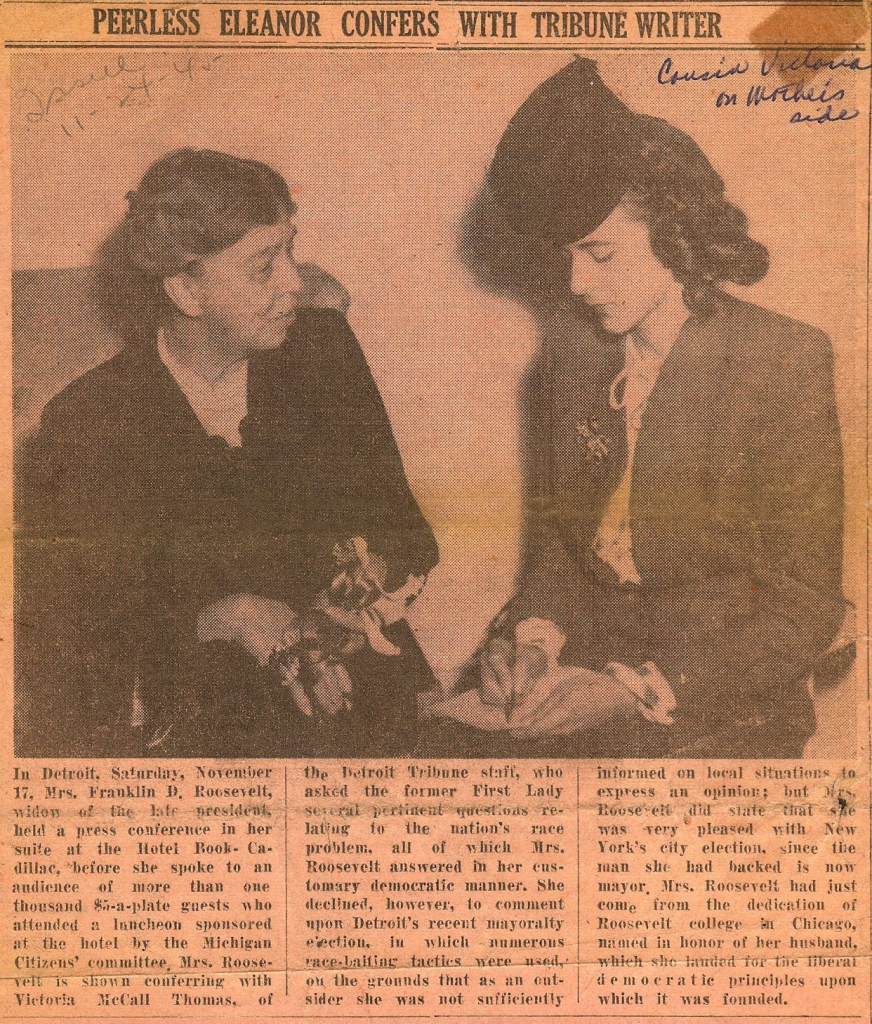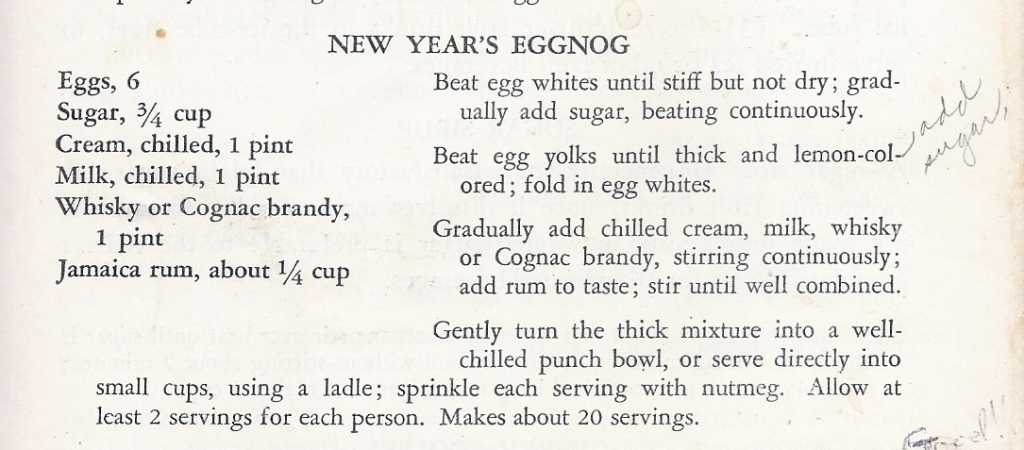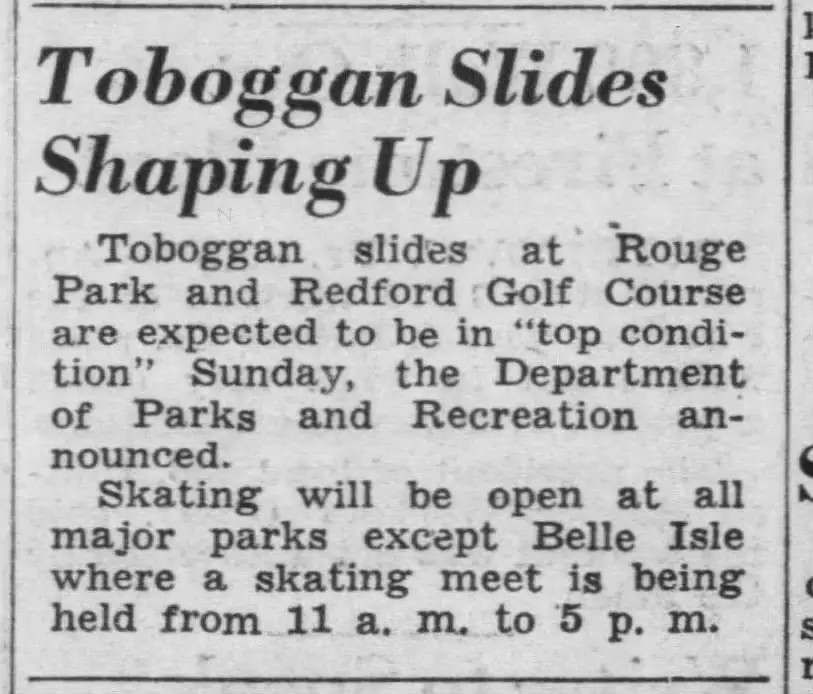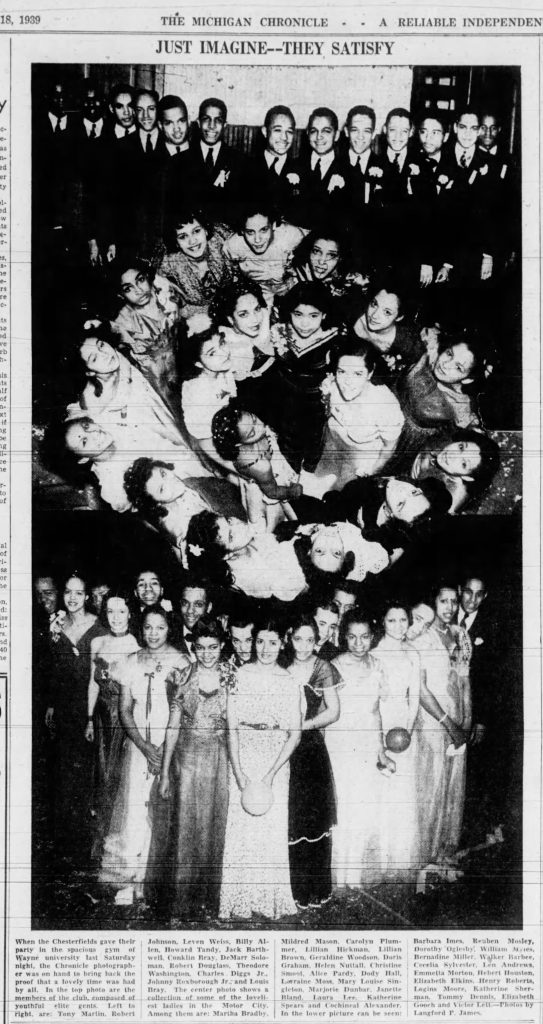My grandfather Mershell C Graham was the son of Mary Jackson Graham who we saw scheduled to be auctioned off with her family after the death of slave holder Crawford Motley Jackson in 1860. We move forward 70 years to to see what was happening with the Graham family in 1931,
Click on any image to enlarge in another window. Click on any link to open relevant information in another window.
These two photos of my mother, Doris (wearing the dress with scarf) and her family were taken in the backyard of their Detroit home in 1931. Doris was eight, her sister Mary Virginia was eleven. Baby brother Howard was two years old.
Maybe they had just come from church, or were on their way. I wonder if my grandfather was pointing to one of the airplanes that were just beginning to become more common.
Mershell was 44. My grandmother Fannie was 42. They kept chickens, had a large garden and several fruit trees. The girls attended Barber Elementary school several blocks away. My grandfather rode the streetcar to work and they took the streetcar to church. They didn’t have a car until 1934.
From my grandfather's little pocket notebook. This was the only entry from 1931. "Transferred from HP (Highland Park) plant to Rouge plant Mar. 14, 1930 Went to work in Elect(rical) Stacks Mr. J.H. Arthiston foreman"

Below are some 1931 comments from Howard’s baby book, written by my grandmother.
Saw his first circus – 2 1/2 years old – and what a thrill. July 1931
On Oct 23 1931 – Howard came into bathroom while Dad was trimming my hair.
Where have you been I asked?
Answer …In the children’s room.
Question—What doing?
Answer – “Lecturing on common-sense.”
The above is true – Believe it or not.
Had more sense then any child his age we’ve ever seen.
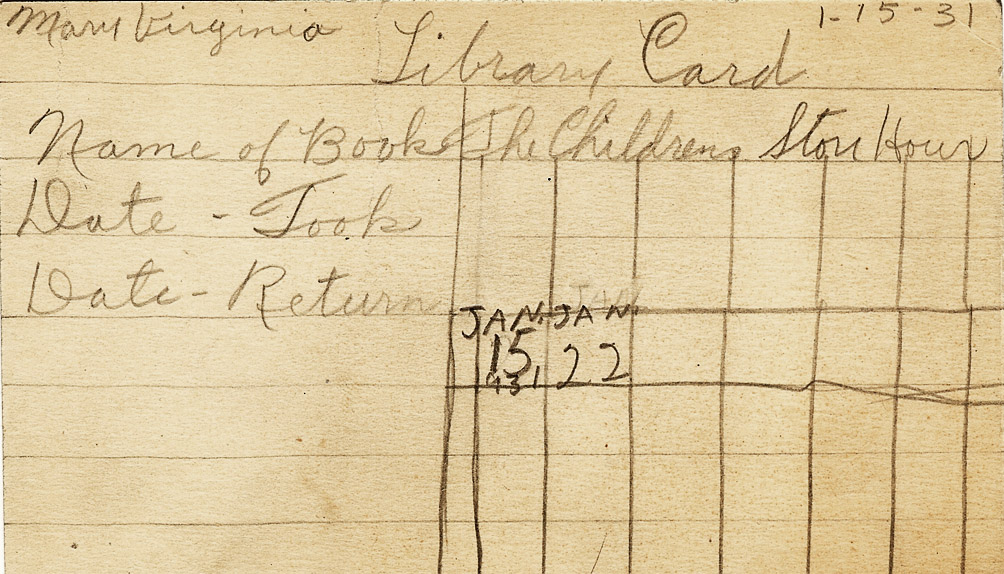
In my grandmother Fannie’s scrapbook, I found two library cards made by my mother, Doris and her older sister, Mary Virginia in 1931. My mother was 7 and Mary Virginia was 11. There is no book listed on my mother’s card but Mary Virginia names “The Children’s Story Hour” on hers. I wonder what other books they borrowed and lent or if this was a one time happening. I notice that Mary Virginia returned her book on time.
Related Posts
The Graham’s in the 1930s
Mershell Graham’s Notebook – 1930s
Home Library 1931
Births, Deaths,Doctors and Detroit – Part 1- Grandmother Fannie’s notes












